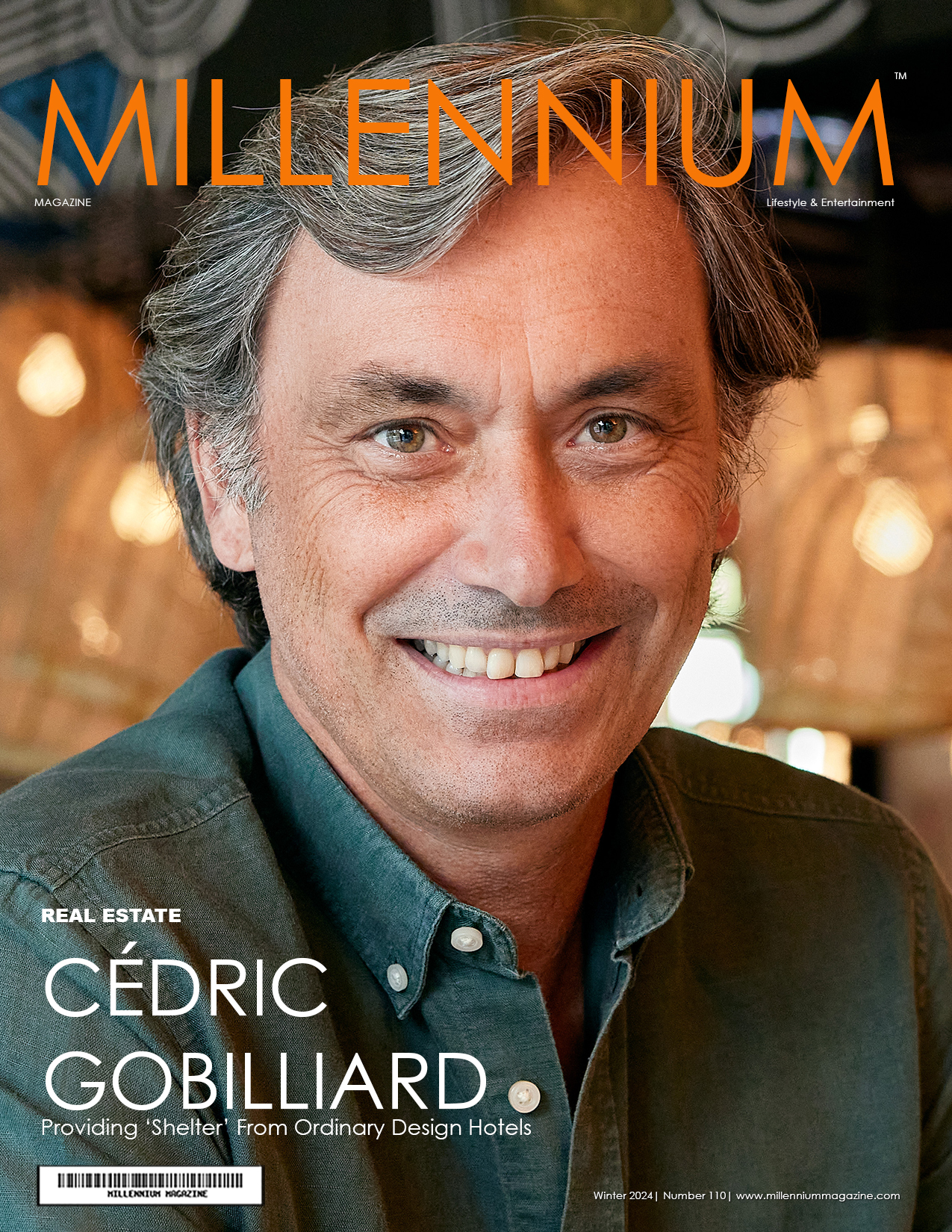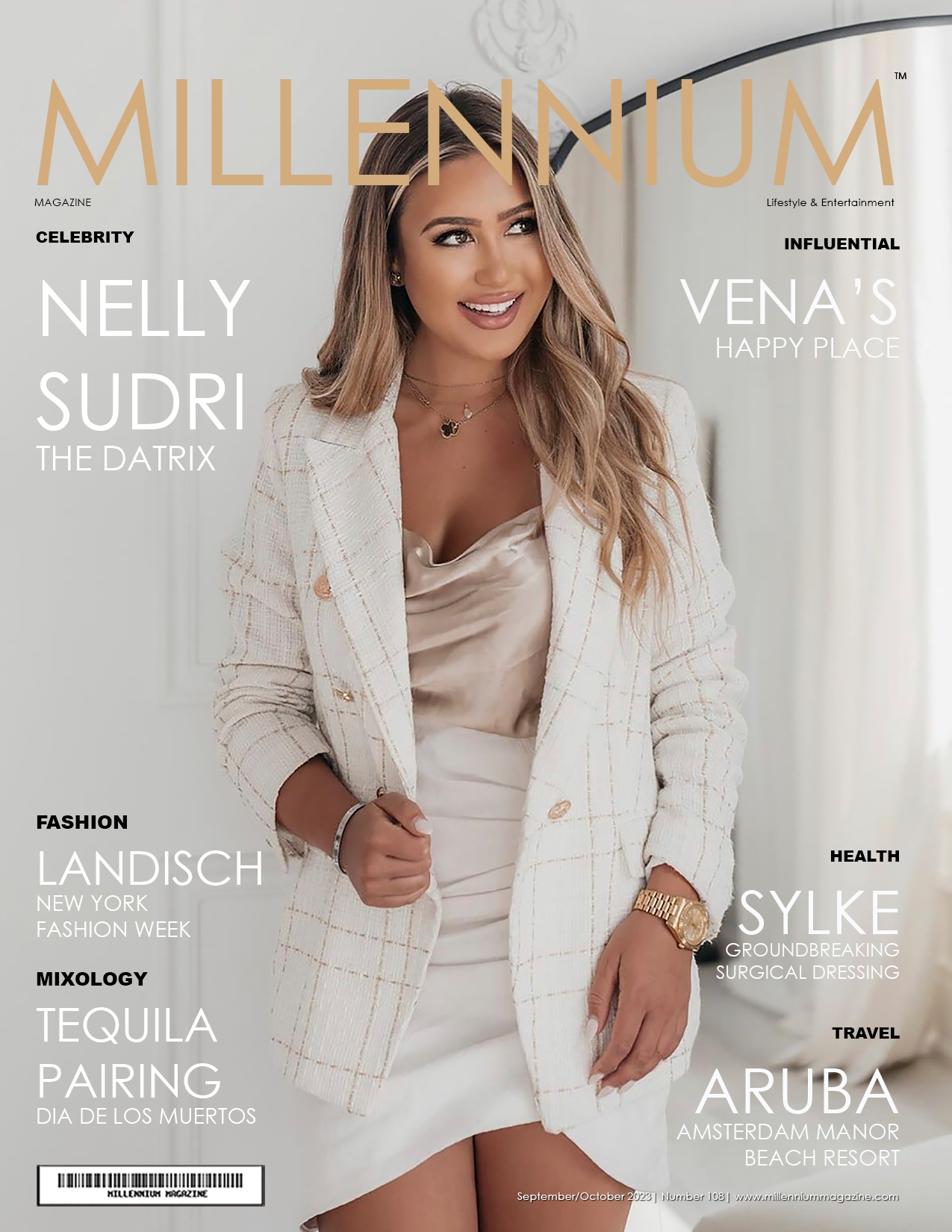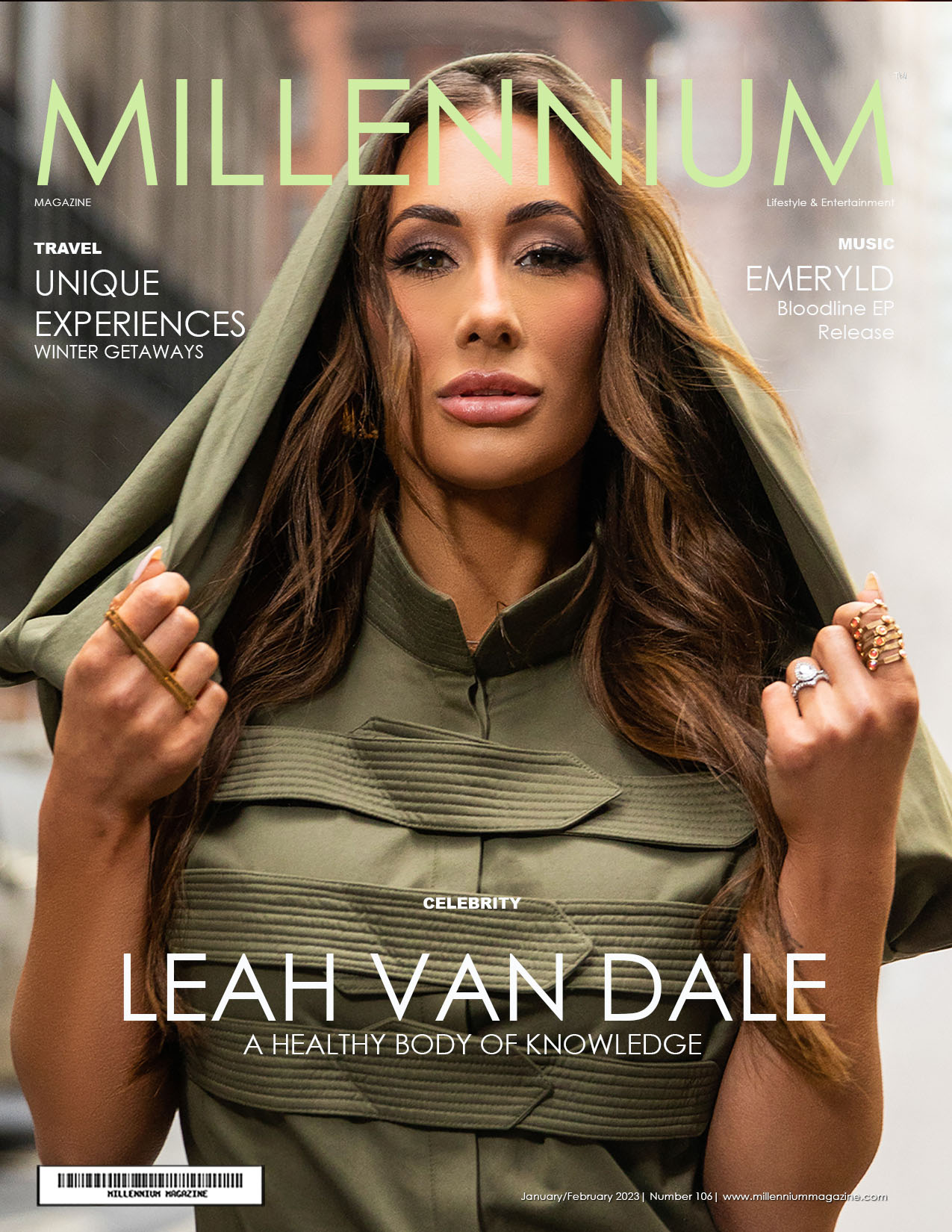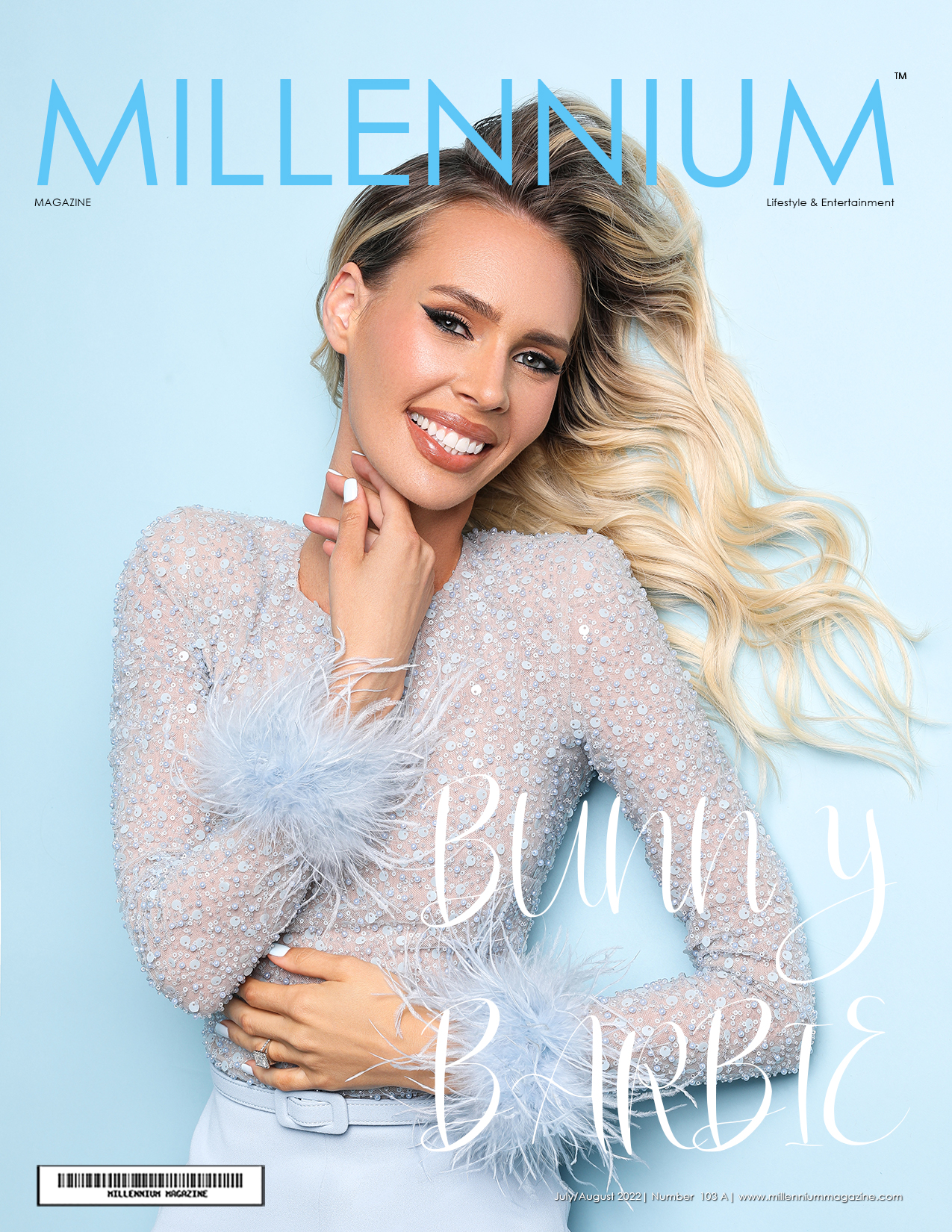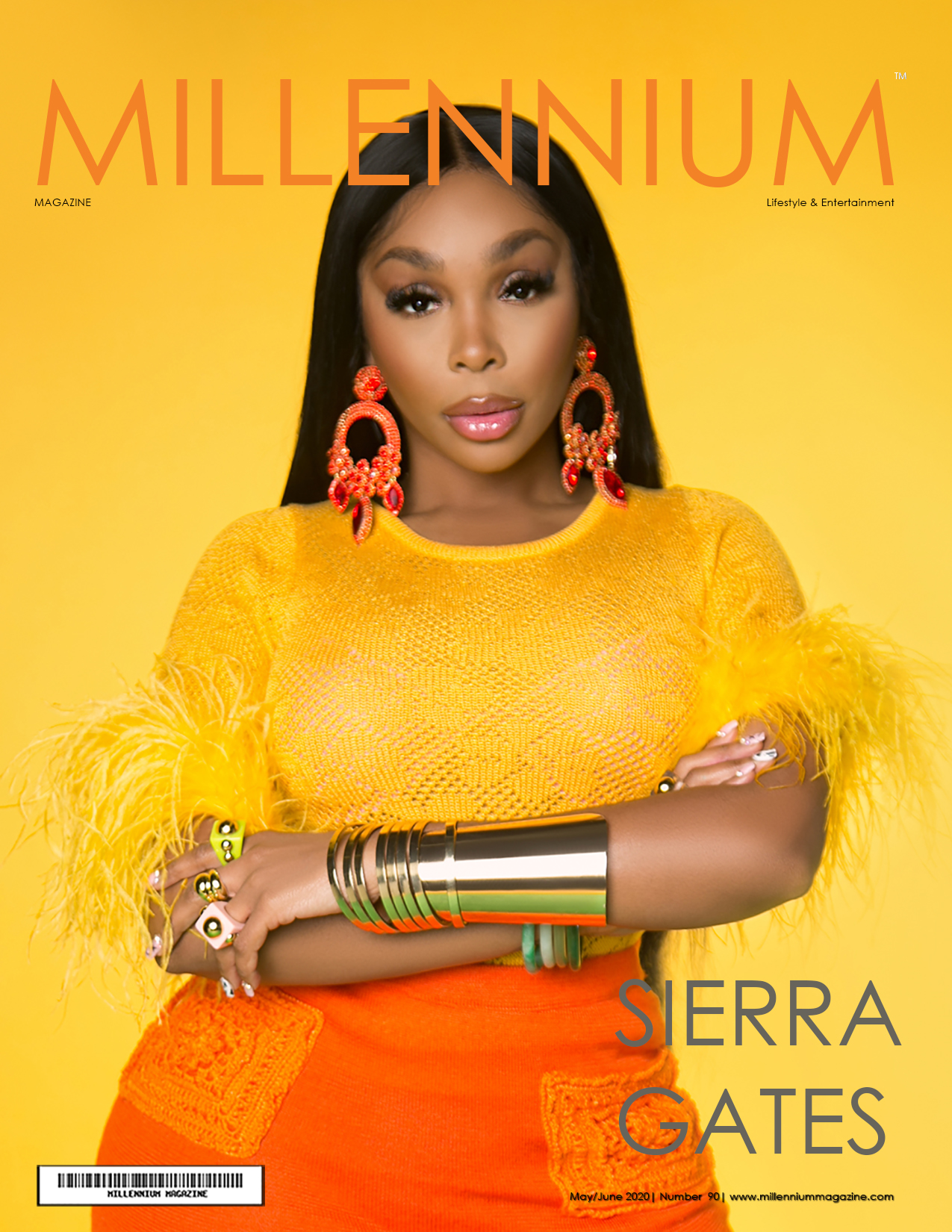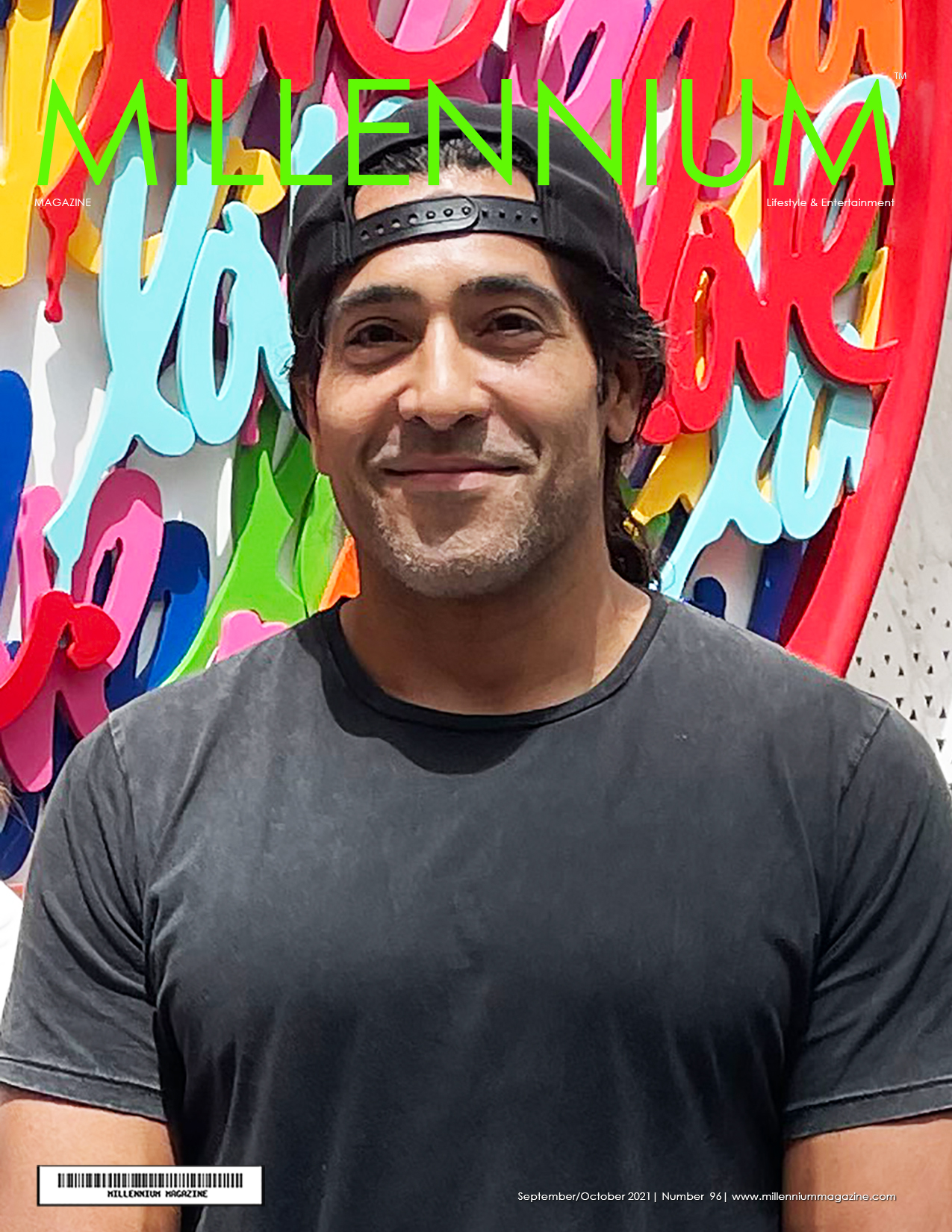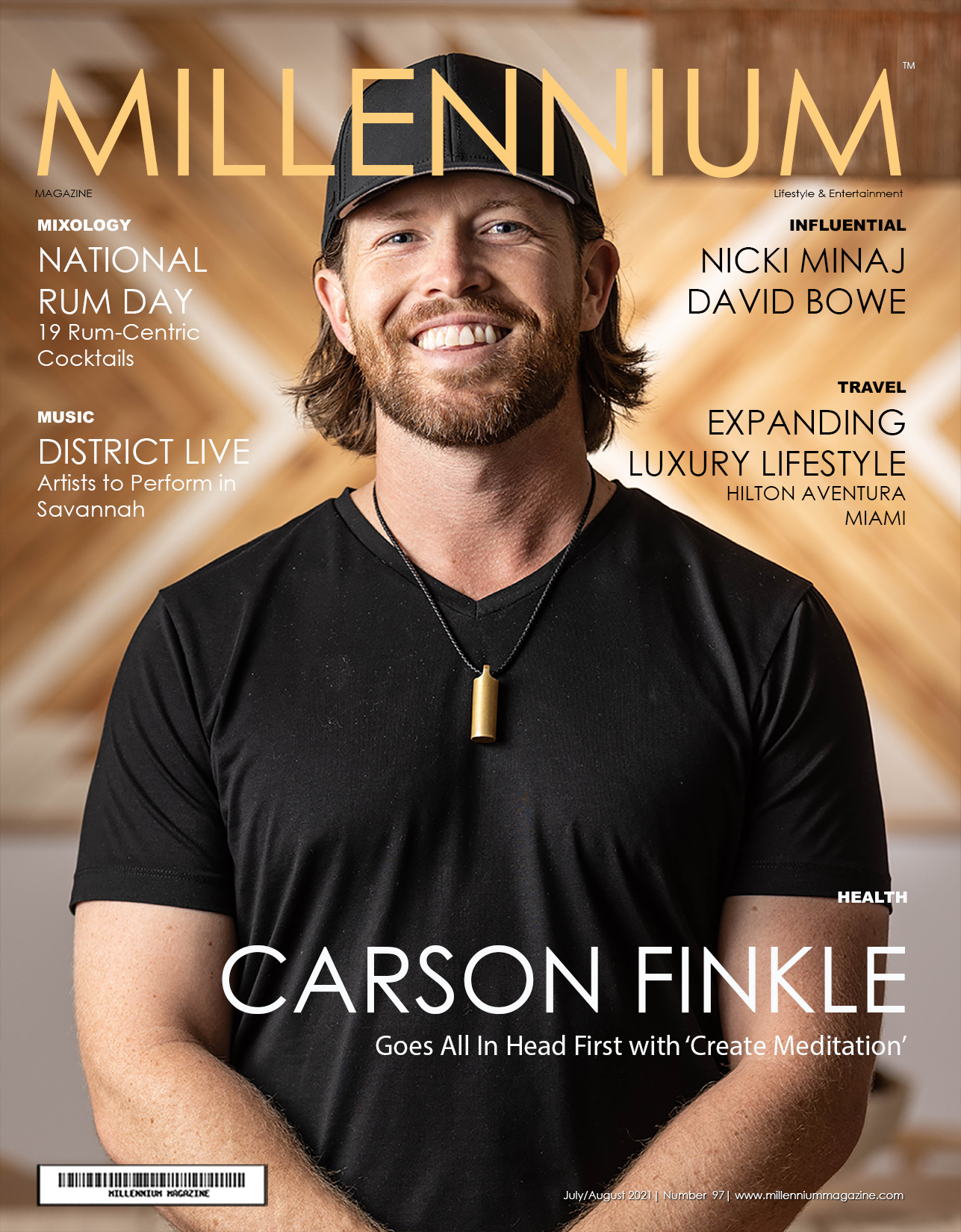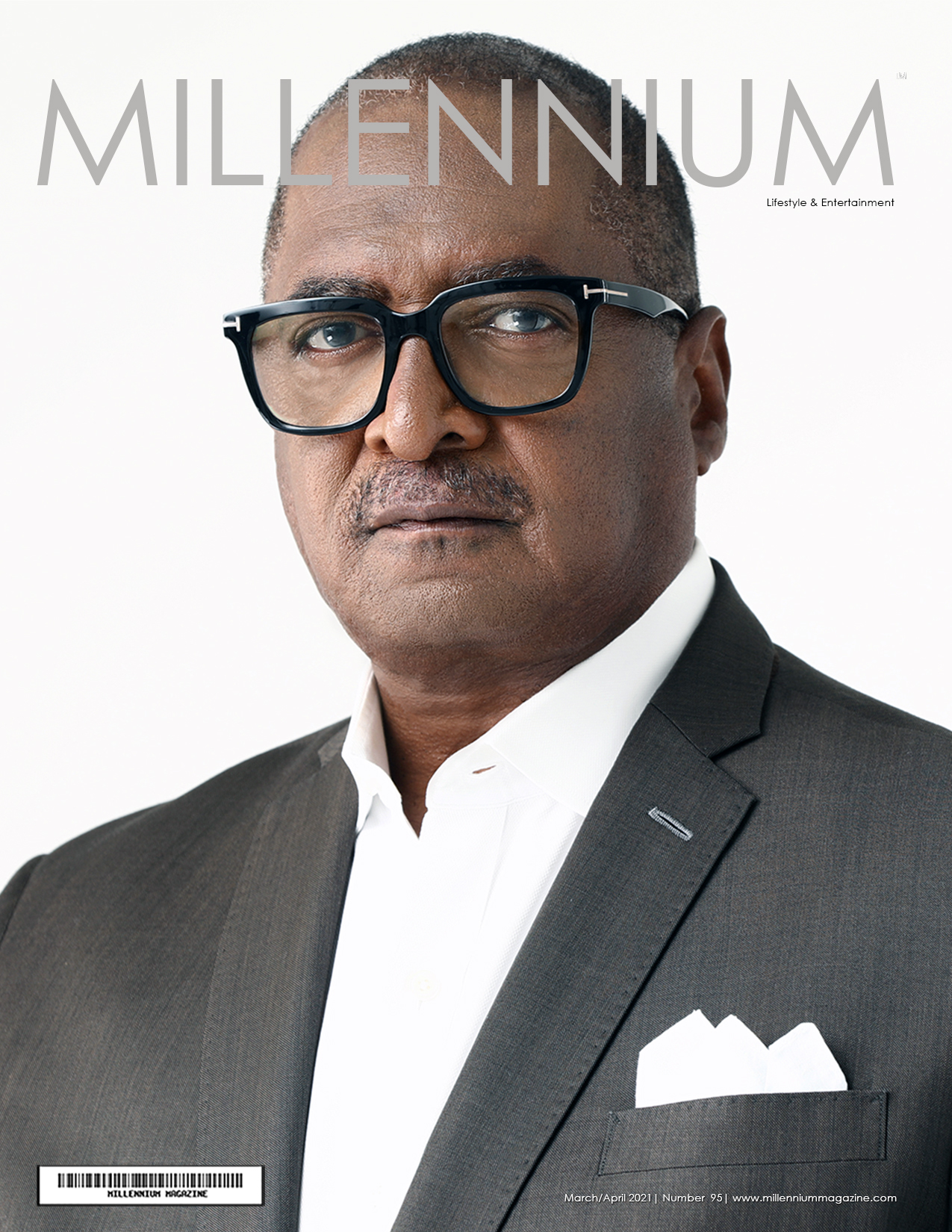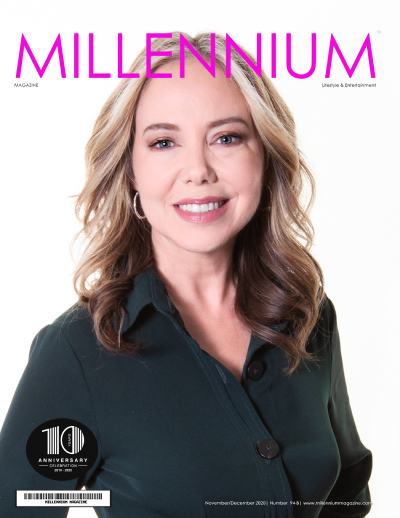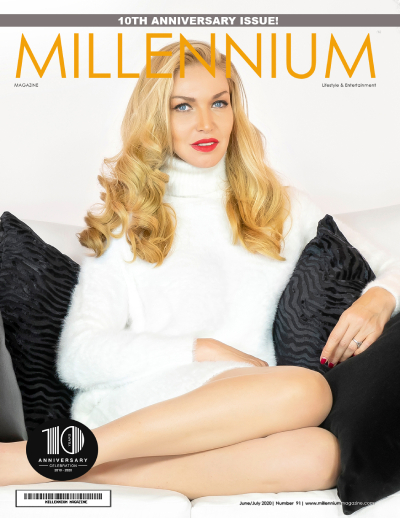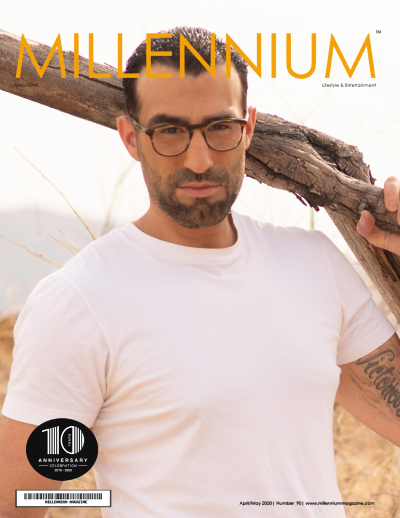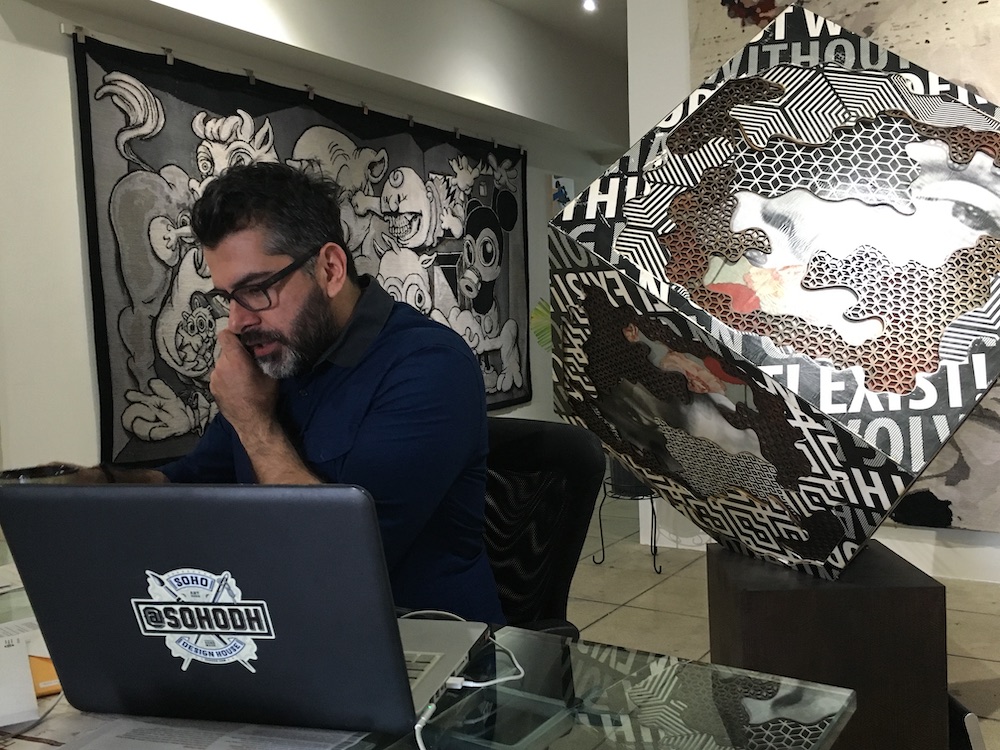
After spending much of our time in the confines of our homes throughout 2020, it’s amazing how redecorating one’s personal space has virtually replaced the “wardrobe makeover.” Home textiles fashioned into plush furnishings and accessories are as covetable now as bespoke suits were in pre-COVID times. Unlike 9-to-5 workplaces, however, home work spaces–and the rest of the house, for that matter–actually need that important mix of personal style, function and comfort as one may be spending 40 hours a week there. Even with functional desks and storage units integral to one’s profession, a sensible home office needs to be balanced with uplifting pops of color and texture. And like every wardrobe, the home office needs a foundation that allows personal expression to shine through.
As interior design veteran Jacob Rahman sees it, a one-of-a-kind art rug, like a bespoke suit or outfit, can be a worthwhile investment for someone serious about good design. As Rahman has devised it, Soho Design House is a couture salon for art pieces rendered in wool, where color and form exceed expectations and finished pieces can inspire envy. Like top design houses in New York, Paris and Milan, the client list is a who’s who of style leaders. Case-in-point: Since its founding in 2014, Soho Design House has provided custom rugs for several Four Seasons and W Hotels properties as well as Valentino and Hermes retail spaces.
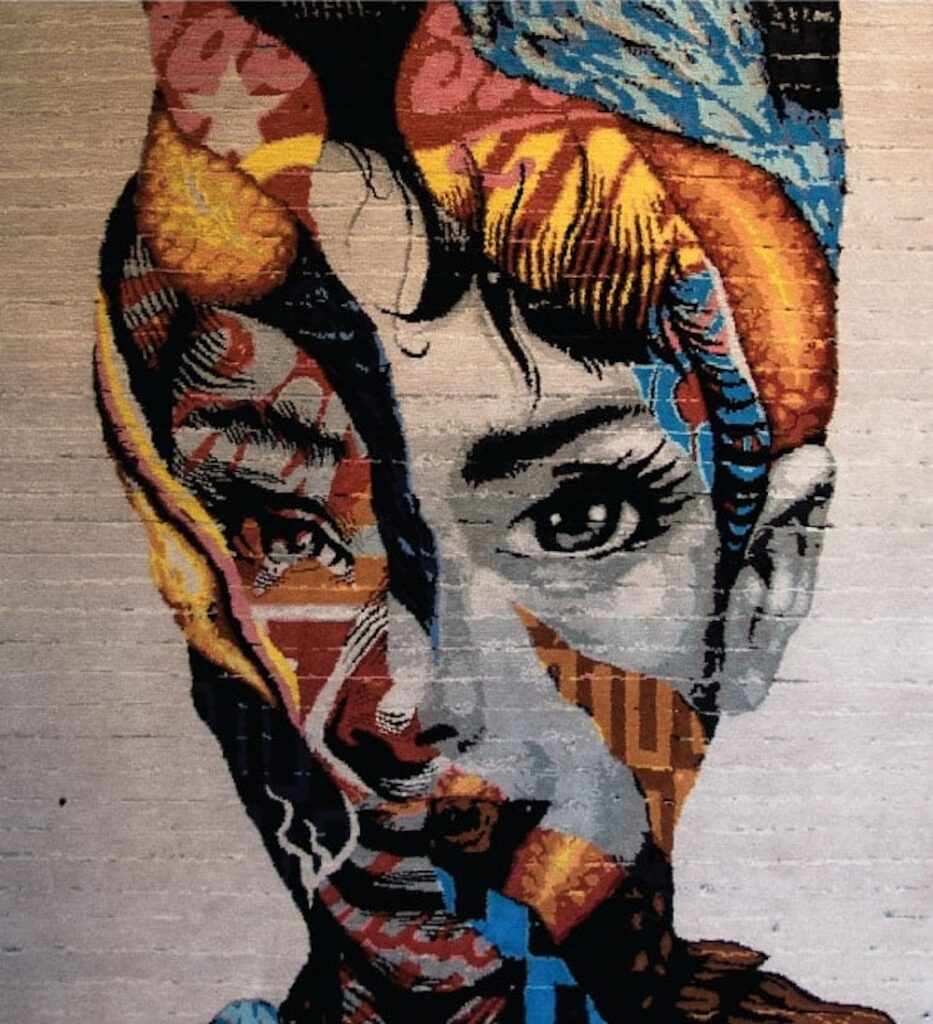
“As far as design goes, I know that (interior) designers often pick up a motif from a rug’s pattern or color and build other elements for a room around it,” says Rahman, basing his observation on his years working as an interior designer in New York City, Miami, Southern California and elsewhere. His observations on how rugs were used in private and public spaces during his years in New York and his military service in Afghanistan from 2010 to 2014 prompted him to come up with new ways to get a discerning Western clientele to use rugs for both aesthetic and functional purposes.”
“I thought it would be a great opportunity to reinterpret the concept of a ‘rug’ by taking it beyond something functional and giving it a fresh, unfamiliar twist,” Rahman says. “When I was living in New York, some of the building managements mandated that owners install some sort of insulation on the floor so that neighbors downstairs would not be bothered by the noises of shoes and heels on the floors above. When I was deployed in Afghanistan and when I spent time in Russia, I noticed that rugs were being used as both flooring and also wall covering for insulation during the colder months. This made me rethink of the floor as a canvas of sorts. We typically hang art on walls, but I found that the floor can also be an amazing canvas for functional art.”
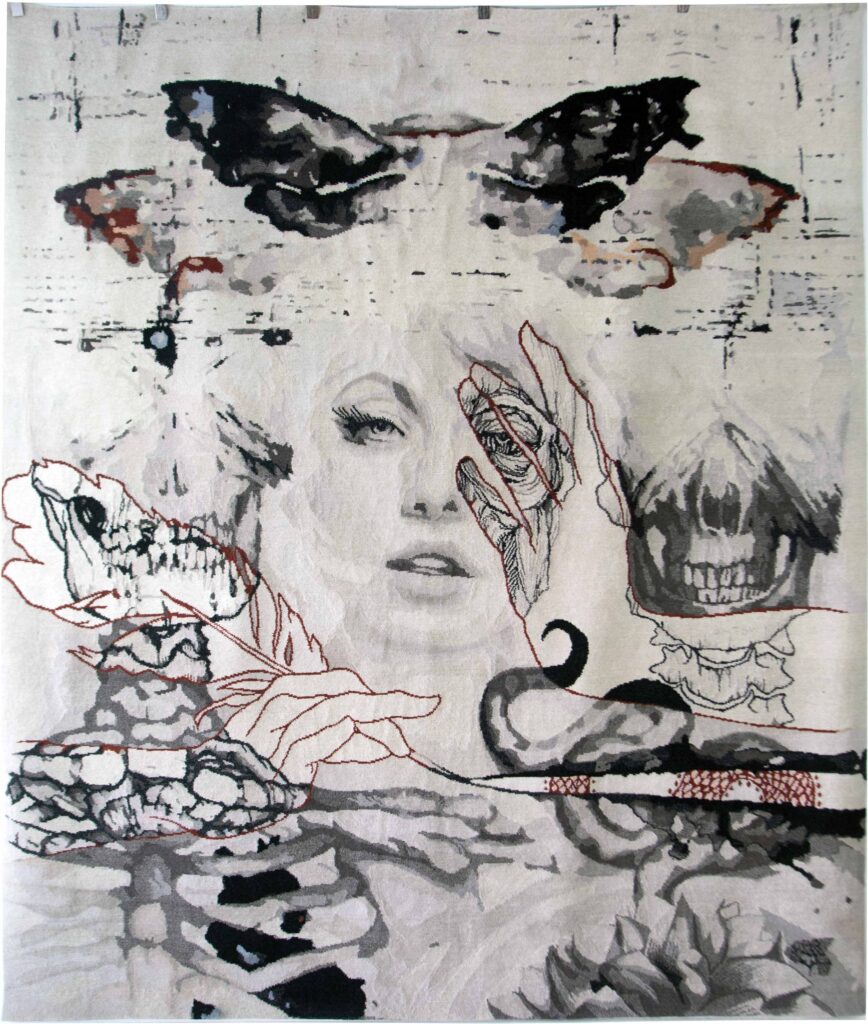
From around 2012 forward (Soho Design House was officially established in 2014), Rahman began reaching out to some of his favorite contemporary artists from around the world and proposed this idea of doing a very limited edition collaboration of pieces that could be admired either on the wall or under foot. The artists’ signature graphics would replace repetitive patterns of traditional Persian carpets, and Rahman would translate their canvases to a sort of template. These would be sent to a group of fair trade artisans who would carry the design over to a hand-knotted rug using a very traditional, artisanal method which originated in Turkey, Arabia and the Middle East going back generations.
“Depending on the artist, there will be a limit of each edition produced, from three pieces up to ten worldwide, as we are treating each individual rug as an art piece,” Rahman continues. “An individual artist and I will sit down and pick a design to interpret as a rug. Once it’s produced as a rug, we showcase it at international art shows such as Art Basel Miami. If show attendees express an interest in what we’ve created, it’s offered for sale. What makes the investment unique is that each rug is recognized as a piece of fine work by the international art world, but it’s very much an interior design element.”
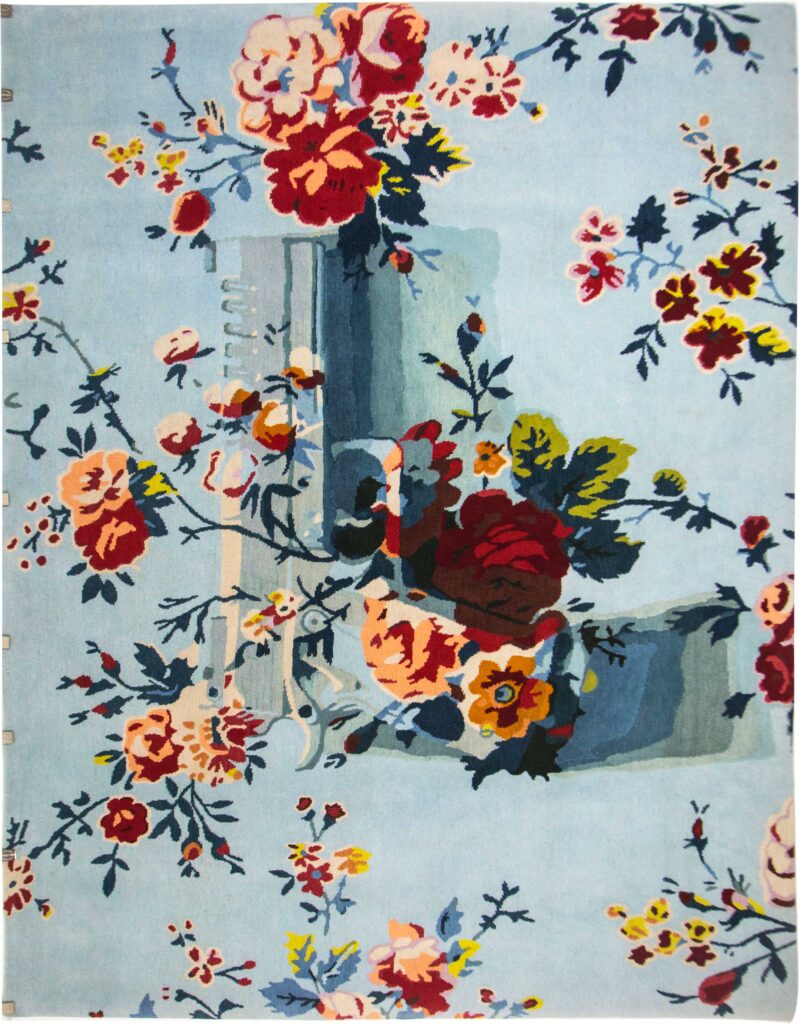
As Soho Design House rugs are not machine made but painstakingly rendered with the same weaving and hand-knotting techniques as the Persian rugs of old, they will last at least through the buyer’s lifetime of normal wear and tear with proper, common-sense care (such as keeping it out of direct sunlight and away from high traffic areas). A Swiss lanolin dye, which gives provides a wider range of color tones, enables the original artist’s intended shapes and designs to shine through. The wool is washed in the rivers, dried in the sun, stretched and hand-crafted right up to clipping for even pile height and finishing is all done by hand.
Even with Rahman taking his place in the art world through these collaborations, he still enjoys creating bespoke rugs for retailers and private residential customers that include music industry people, sports figures and high-end executives. However, he notes some of his biggest fans are parents of up-and-coming art superstars.
“I have received requests to create rugs with family crests or emblems that will be translated into an heirloom piece,” he says. “But we also get requests from clients to translate their child’s first drawing or painting. Rather than have that drawing live its whole life on a refrigerator and held up with a magnet, it is interpreted into a rug that will go into the child’s bedroom. When the child is grown, she can use it in her child’s bedroom as a part of family history.”
While ideas are constantly being reinvented in the world of interior design, just as they are in fashion, Rahman has achieved doing something wholly original to make something old new again.



